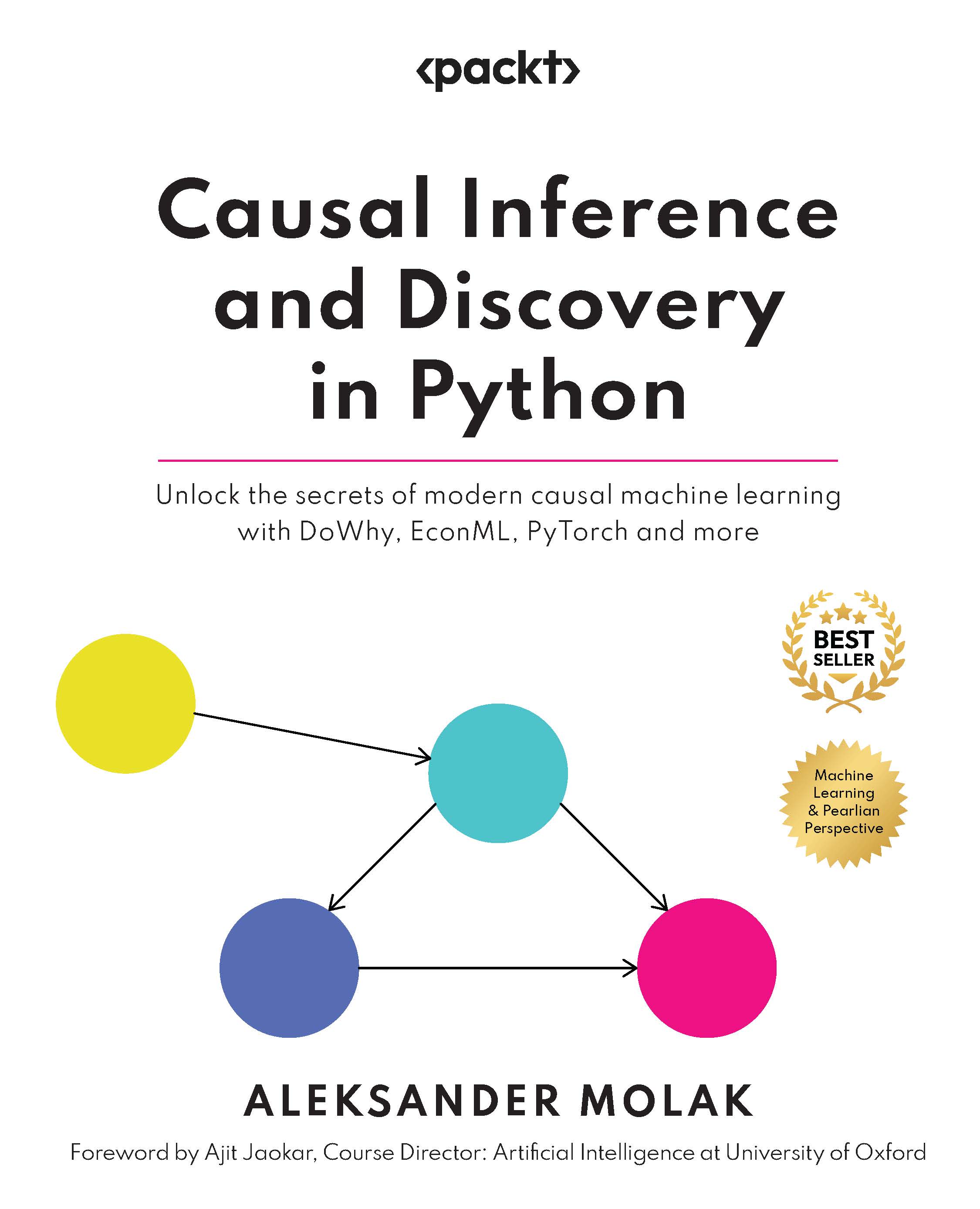Burak Kanber is an entrepreneur, software engineer, and the co-author of "Genetic Algorithms in Java". He earned his Bachelor's and Master's degrees in Mechanical Engineering from the prestigious Cooper Union in New York City, where he concentrated on software modeling and simulation of hybrid vehicle powertrains. Currently, Burak is a founder and the CTO of Tidal Labs, a popular enterprise influencer marketing platform. Previously, Burak had founded several startups, most notably a boutique design and engineering firm that helped startups and small businesses solve difficult technical problems. Through Tidal Labs, his engineering firm, and his other consulting work, Burak has helped design and produce dozens of successful products and has served as a technical advisor to many startups. Burak's core competencies are in machine learning, web technologies (specifically PHP and JavaScript), engineering (software, hybrid vehicles, control systems), product design and agile development. He's also worked on several interactive art projects, is a musician, and is a published engineer.
Read more
 United States
United States
 Great Britain
Great Britain
 India
India
 Germany
Germany
 France
France
 Canada
Canada
 Russia
Russia
 Spain
Spain
 Brazil
Brazil
 Australia
Australia
 South Africa
South Africa
 Thailand
Thailand
 Ukraine
Ukraine
 Switzerland
Switzerland
 Slovakia
Slovakia
 Luxembourg
Luxembourg
 Hungary
Hungary
 Romania
Romania
 Denmark
Denmark
 Ireland
Ireland
 Estonia
Estonia
 Belgium
Belgium
 Italy
Italy
 Finland
Finland
 Cyprus
Cyprus
 Lithuania
Lithuania
 Latvia
Latvia
 Malta
Malta
 Netherlands
Netherlands
 Portugal
Portugal
 Slovenia
Slovenia
 Sweden
Sweden
 Argentina
Argentina
 Colombia
Colombia
 Ecuador
Ecuador
 Indonesia
Indonesia
 Mexico
Mexico
 New Zealand
New Zealand
 Norway
Norway
 South Korea
South Korea
 Taiwan
Taiwan
 Turkey
Turkey
 Czechia
Czechia
 Austria
Austria
 Greece
Greece
 Isle of Man
Isle of Man
 Bulgaria
Bulgaria
 Japan
Japan
 Philippines
Philippines
 Poland
Poland
 Singapore
Singapore
 Egypt
Egypt
 Chile
Chile
 Malaysia
Malaysia

















